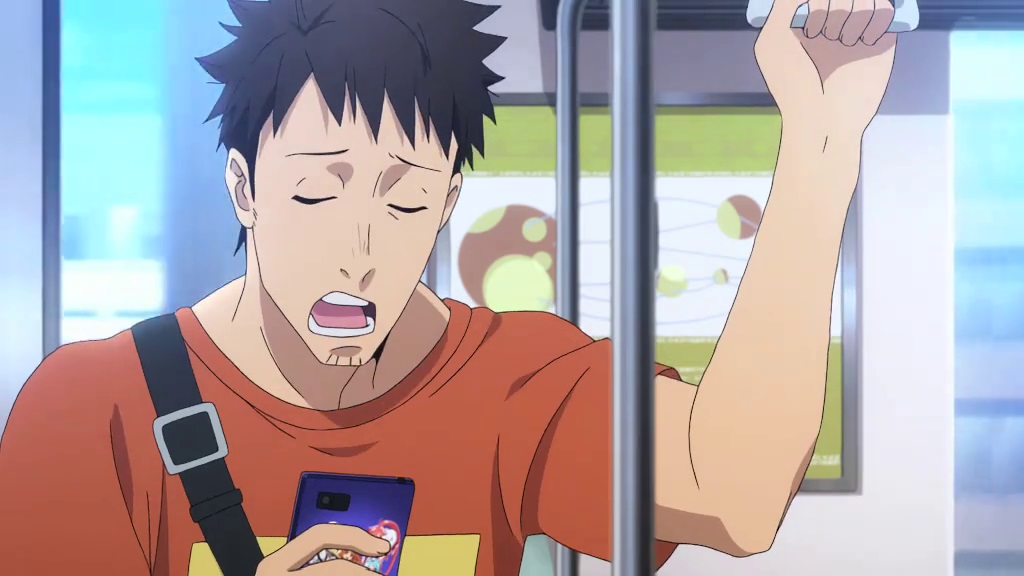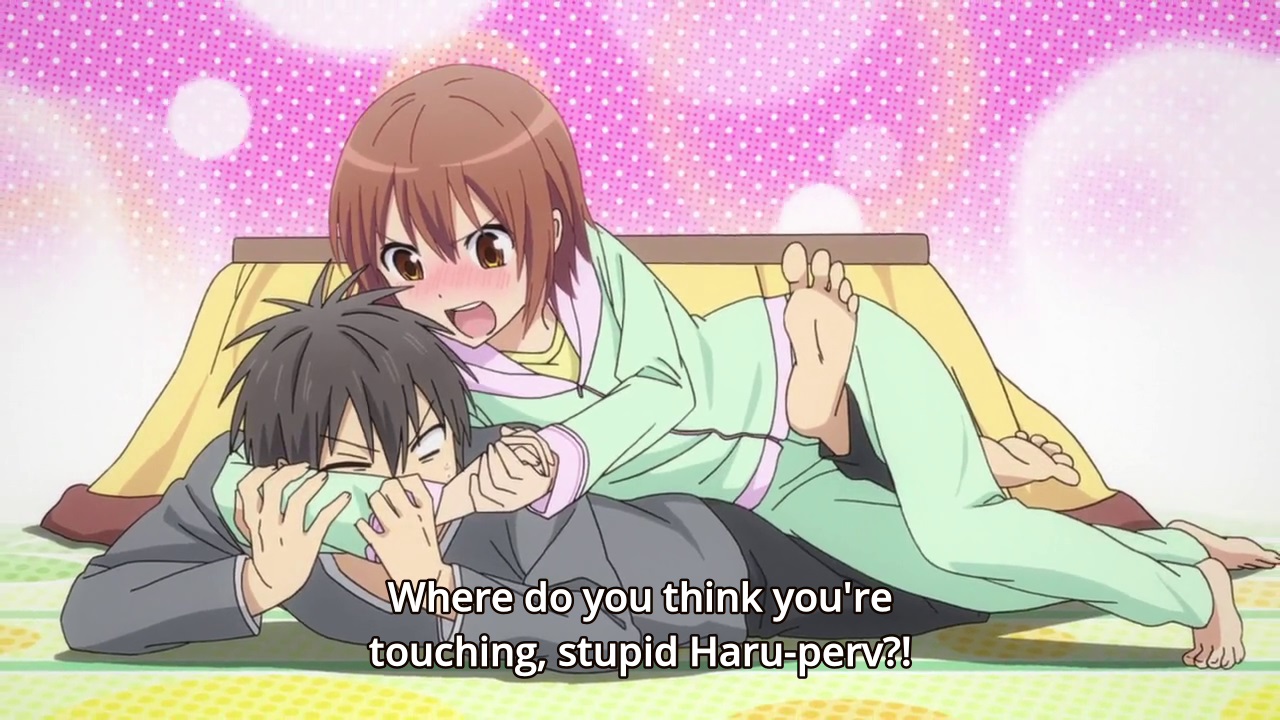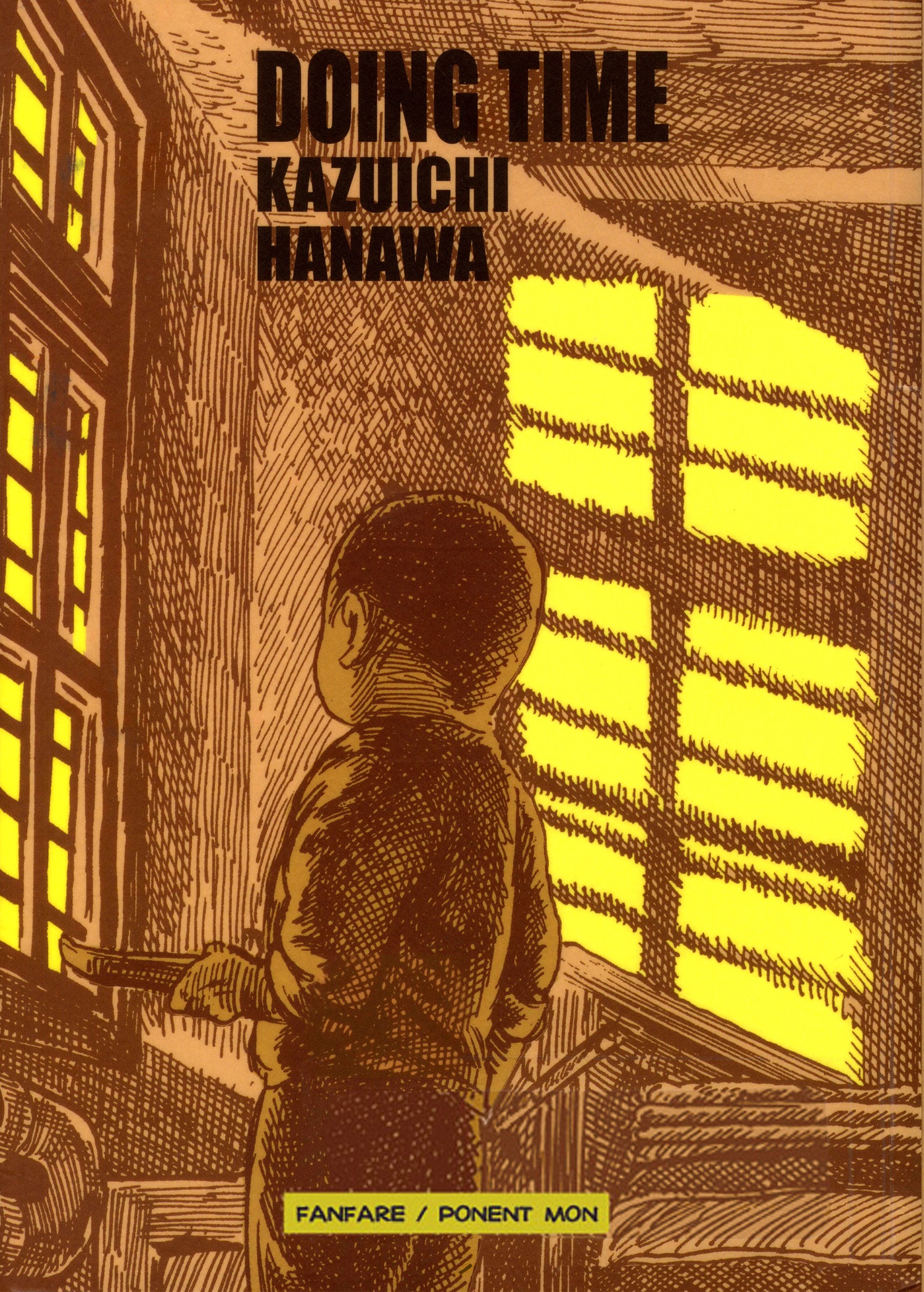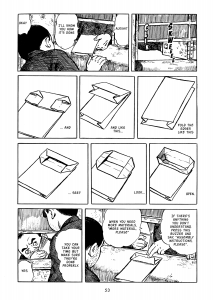Don’t worry, I didn’t drop this one. Unless you count skipping the OVAs and playing Candy Crush while ‘watching’ the last episode. Suisei no Gargantia was a pretty good show, which could have been great but couldn’t quite get its act together all the way till the end.
Pros
Gorgeous art and character designs. It’s almost Ghibli-like in the beauty of the ocean and the level of detail of the ships, etc in the early episodes. Things fell apart visually in the second half, but it’s still one of the most beautiful anime series I’ve seen.
The Earth of the future seems like a lovely place to explore. If they made a second season I’d like them to go all around the world meeting all kinds of new ships.
An interesting clash of world views, the super-cynical side and the super-idealistic side, though eventually it turns out the idealists aren’t quite so empty-headed after all.
I like “guy/girl in another world” and “fish out of water” stories. I also like slice of life shows, especially when the “life” being described is a little unusual.
Apart from the embarrassing “bellydancing” sequence and some vulgar statements by an idiotic character named Pinion, the show is fairly free of fanservice and innuendo. Apart from said dancing episode, I could see myself watching Suisei no Gargantia with a younger crowd like my nephews. Whether they would find such a slow show interesting or not is another matter altogether.
Cons
 Exoticization of the Other – Oh look at the primitive natives and how wonderfully they all live in harmony with nature as opposed to us modern and sophisticated, we should definitely learn from their backwards ways, except when it comes to actually getting anything of note done, then “Mighty Whitey” must do the deed because they’re hopelessly dumb and inefficient when it comes to anything practical. It’s enjoyable because the new world is so interesting, and it’s not as offensive as some other examples are (the natives do get some good hits in in the final battle), but it’s pretty glaring nonetheless.
Exoticization of the Other – Oh look at the primitive natives and how wonderfully they all live in harmony with nature as opposed to us modern and sophisticated, we should definitely learn from their backwards ways, except when it comes to actually getting anything of note done, then “Mighty Whitey” must do the deed because they’re hopelessly dumb and inefficient when it comes to anything practical. It’s enjoyable because the new world is so interesting, and it’s not as offensive as some other examples are (the natives do get some good hits in in the final battle), but it’s pretty glaring nonetheless.
The show also wasn’t as dark as I’d thought it would be at first glance. Nothing wrong with bright, cheery series, but I’m a little disappointed we’ll never get to find out how the final battle with the Hideauze went. I bet the humans lose, though. They seemed pretty done for in episode 1.
Speaking of which, the whole plotline about the Hideauze being former humans was just dropped without making much impact on the show. Ledo finds out, Ledo has a meltdown, then a new enemy shows up and it’s bye-bye Hideauze. Uncool.
The final enemies also felt kind of tacked on. I see what they tried to do there, showing that Ledo has changed so much that he can’t accept the things he used to see as normal before, but there was no build up or foreshadowing. The series just went in one direction for 8 episodes then suddenly did an about-turn at the end, like the writers suddenly realized they needed some Big Bad to make the series exciting. It didn’t seem very well-planned at all.
In all the positives and negatives basically balanced each other out, so you get a show that is more or less average despite the promises held by the premise. I do recommend Suisei no Gargantia simply because it’s so inoffensive and easy to watch, and because it’s absolutely lovely to look at, especially on DVD. Just don’t expect too much based on the hype and the excitement of the earlier episodes and you’ll be fine.












